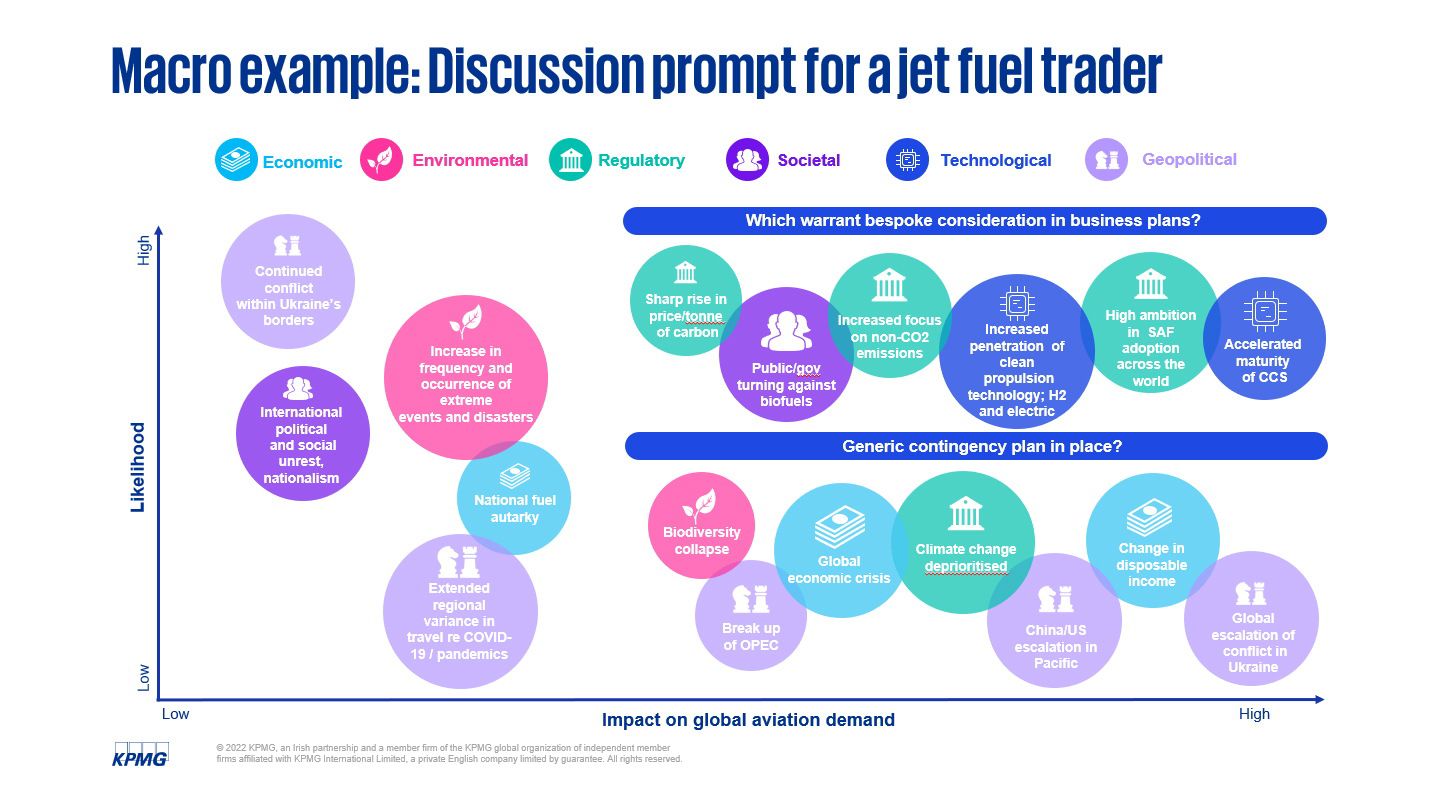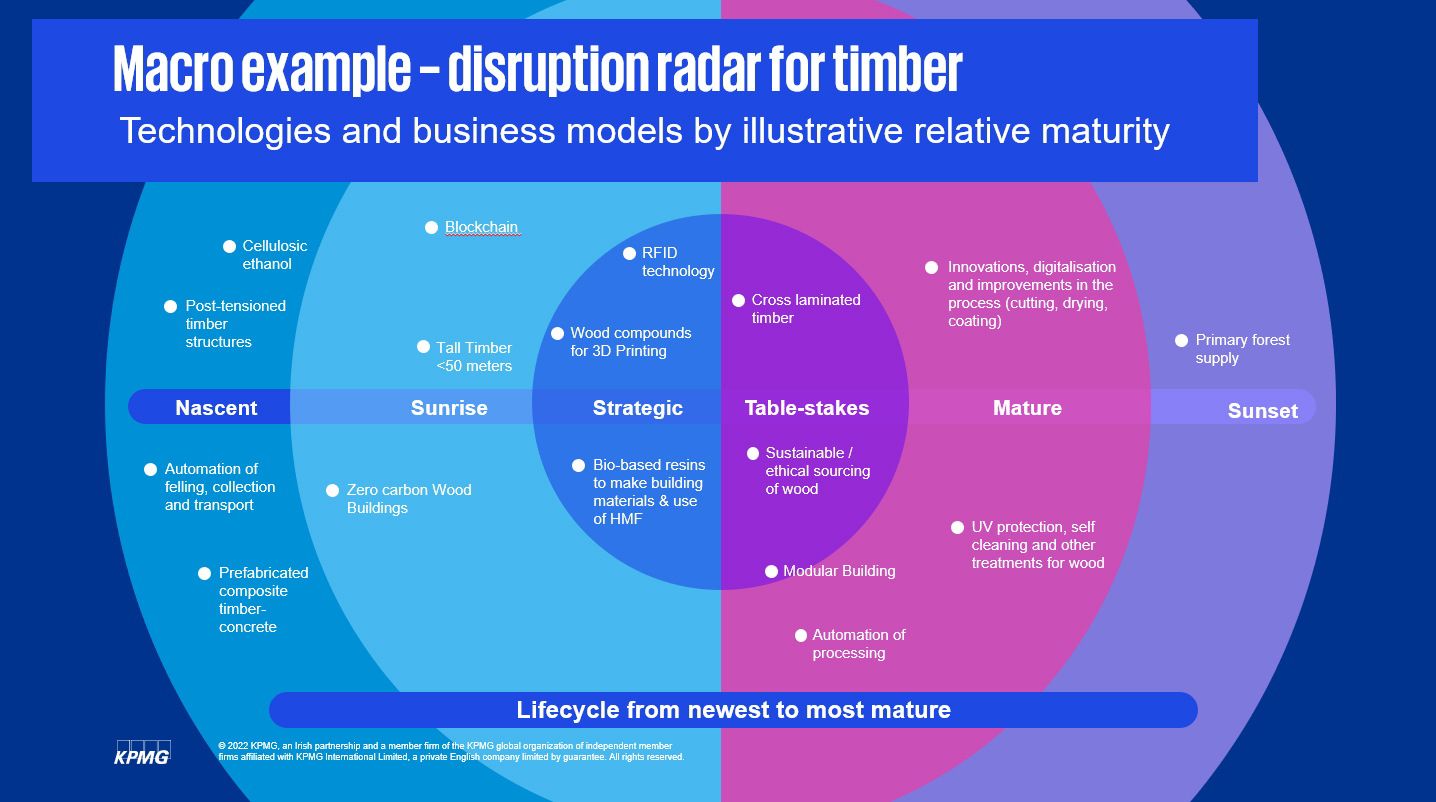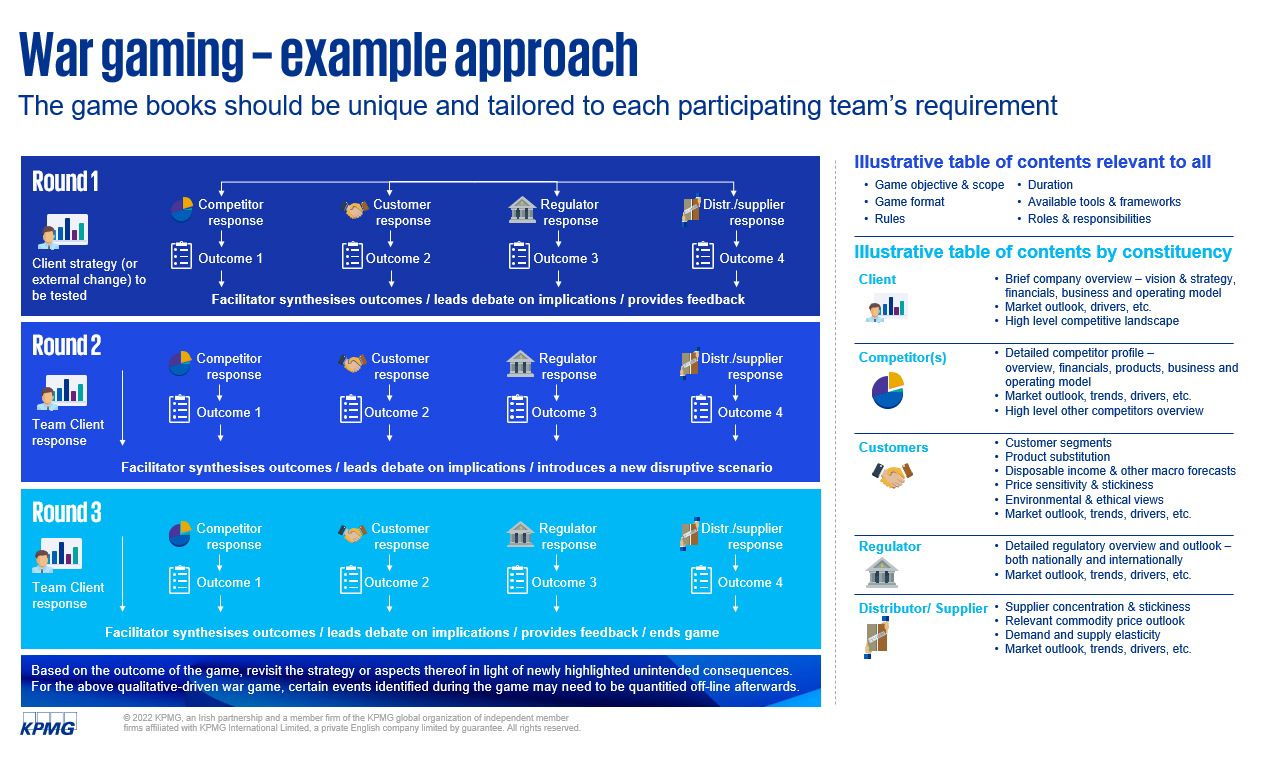As the world deals the challenges of inflation, rising interest rates and geopolitical uncertainty, Chris Brown, Partner, Head of Strategy looks at models for dealing with unpredictability.
Uncertainty is nothing new. It seems increasingly over the last number of years, with events such as Brexit and the COVID-19 pandemic looming large in the headlines, that the world is becoming increasingly uncertain. However, history shows that the world has always been unpredictable through every generation. It’s how you respond that matters most.
So what pragmatic things can we do to pre-empt or mitigate disruption? Consider signal data. What can you start tracking now?
Practical checklist
At least once a year, management and your board should set aside time to step back from day-to-day operations and assess all highly likely or high impact scenarios, e.g. another Suez block, a prolonged semi-conductor shortage, a more prolonged Ukraine conflict, increasing decarbonisation legislation on agri-food, deglobalisation. In a 3-5 hour workshop you should aim to anticipate key risks and how you’d respond.
- Obtain sponsorship from your CCO or CEO, including a pre-read on key considerations, and structured exercises for the day.
- ‘War game’ it out – this is a useful exercise to pre-empt market and competitor moves.
- Have a clear list of ‘no regret’ actions to apply regardless of multiple scenarios, with action owners assigned to each.
- This is not simply about reaction, consider advocacy angles too.
- Signal data. What can you start tracking now?
- Bake the outputs of such an exercise into any formal strategy papers or business plans, especially ones intended for external audiences such as your lenders, Enterprise Ireland sponsors.
PESTEL
At its most basic, business leaders should brainstorm what Political, Economic, Social, and Technological, Environmental and Legal (PESTEL) risks are relevant to your business model and prioritise those which will either have a higher impact or higher likelihood for your contingency planning. See a macro example of this below for a discussion prompt for a jet fuel trading business.

The disruption radar
Maintain, regularly discuss and update a disruption radar. This should contain business models, technologies, customer and regulator disruptions. Sense check that you’re not over-reliant on mature and sunset concepts, reflected on the right-hand side of the example below.

War Gaming
Take your scenario thinking to the next level with war gaming. This is essentially informed role-playing with a pre-read.
Your board and management teams should be split into groups and challenged to put themselves in the shoes of a key market participant, e.g. key competitors, the regulator, customer lobby, a key distributor or supplier. Use this forum to test out various scenarios identified, (e.g. such as those coming up in the examples above) and/or your strategic ideas. This process, when facilitated right, can flush out key risks like the likelihood of triggering a price war, or increased customer and regulatory scrutiny.
What is obvious with hindsight often needs explicit thinking time to come up with the right ideas in the first place. A practical and recent example of this type of scenario planning is to compare those car companies that rapidly implemented existing contingency plans in the event of a semi-conductor shortage – and still have similar order-to-delivery timeframes as pre-pandemic, versus those that didn’t – and have been having long delays in fulfilling their orderbook.

Pre-empting uncertainty
These are of course only a few examples of models that can be used for pre-empting uncertainty, none of which is perfect. What is important is trying different approaches and seeing what works for your business. If KPMG’s strategy team can help you with any of the above, contact us.
Christopher Brown
Partner, Head of Strategy
KPMG in Ireland

